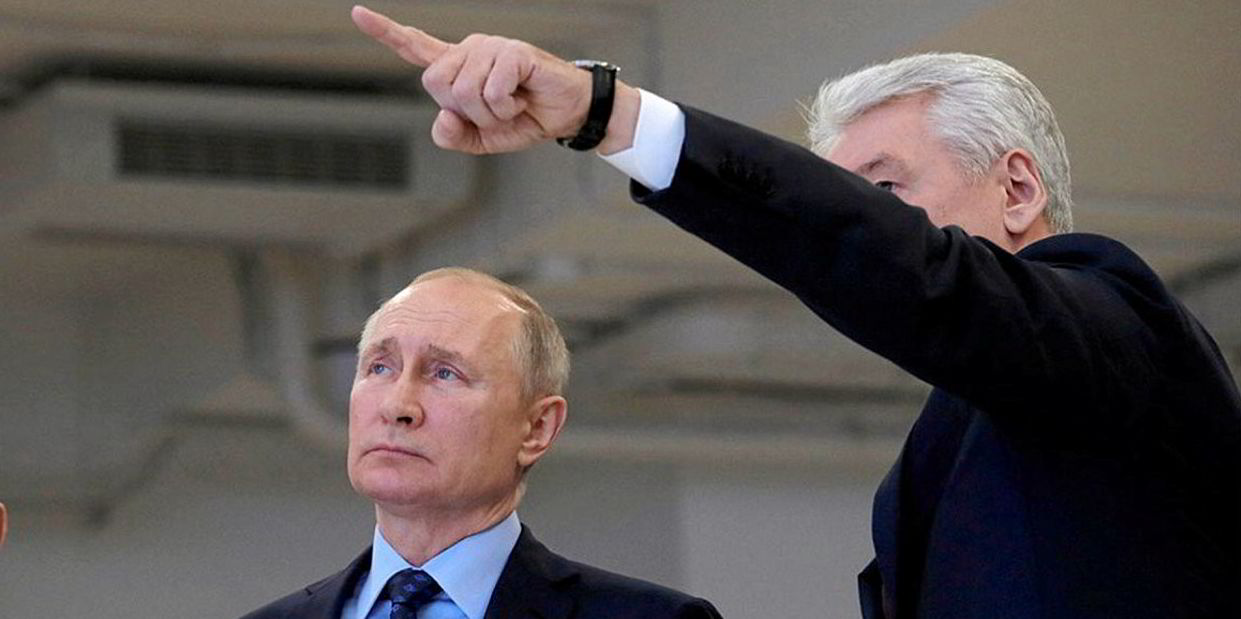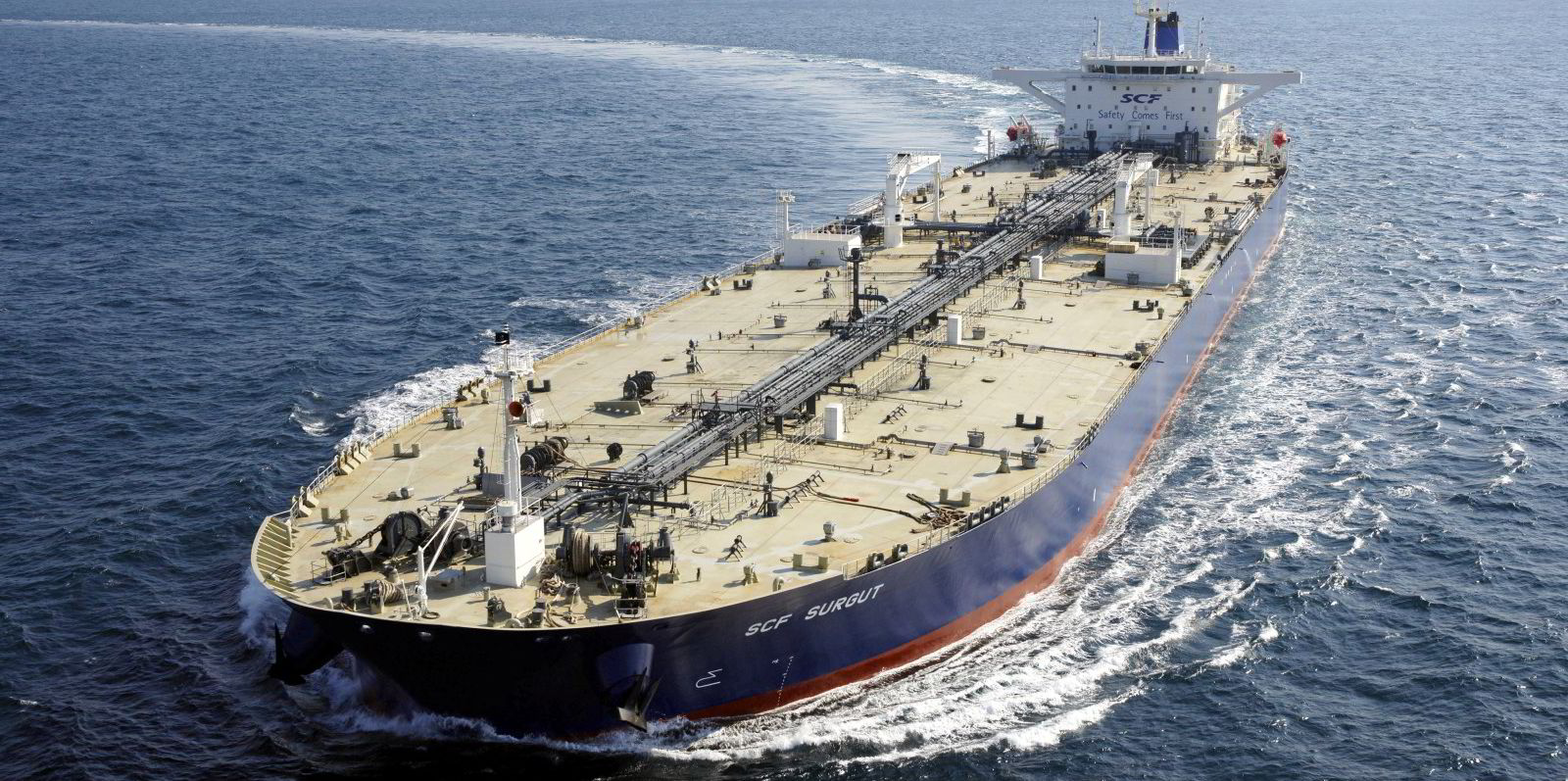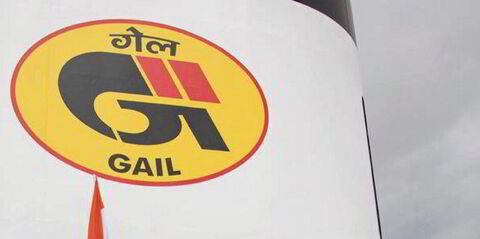A lack of larger tankers means Russia has been exporting some of its oil products on river barges.
Data from LSEG shows that Russia shipped out more than 700,000 tonnes from Novorossiysk in the Black Sea on these smaller vessels last year.
Many tanker owners have been staying away from the business due to European sanctions and price cap measures, sources told Reuters.
The shadow fleet of tankers has been carrying much of this oil, but ship availability is still an issue for exporters.
Barges have capitalised on shorter routes, as in the Black Sea.
Turkey was the main importer of barrels from Novorossiysk. Bulgaria also took the fuel; it has a deal to buy oil from Russia until the end of 2024.
Some barges also took fuel oil and diesel from Novorossiysk for ship-to-ship transfers onto panamax and aframax-sized tankers near the Russian port of Kavkaz and Romania’s Constanta, according to LSEG data.
Most of these small vessels are registered in Russia, but some fly the flags of Panama and Liberia, the data reveals.
The barges use inland waterways during the river navigation season, allowing some exports to go from the Baltic Sea as well.
Shipbroker BRS has said the reshuffling of Russian oil flows amid the introduction of the European Union embargo and G7 price cap in early 2023 favoured the build-up of a shadow fleet consisting mainly of older tankers, with aframaxes favoured the most.
But now the geopolitical disruption in the Middle East is expected to favour newer ships in terms of demand and asset prices.




